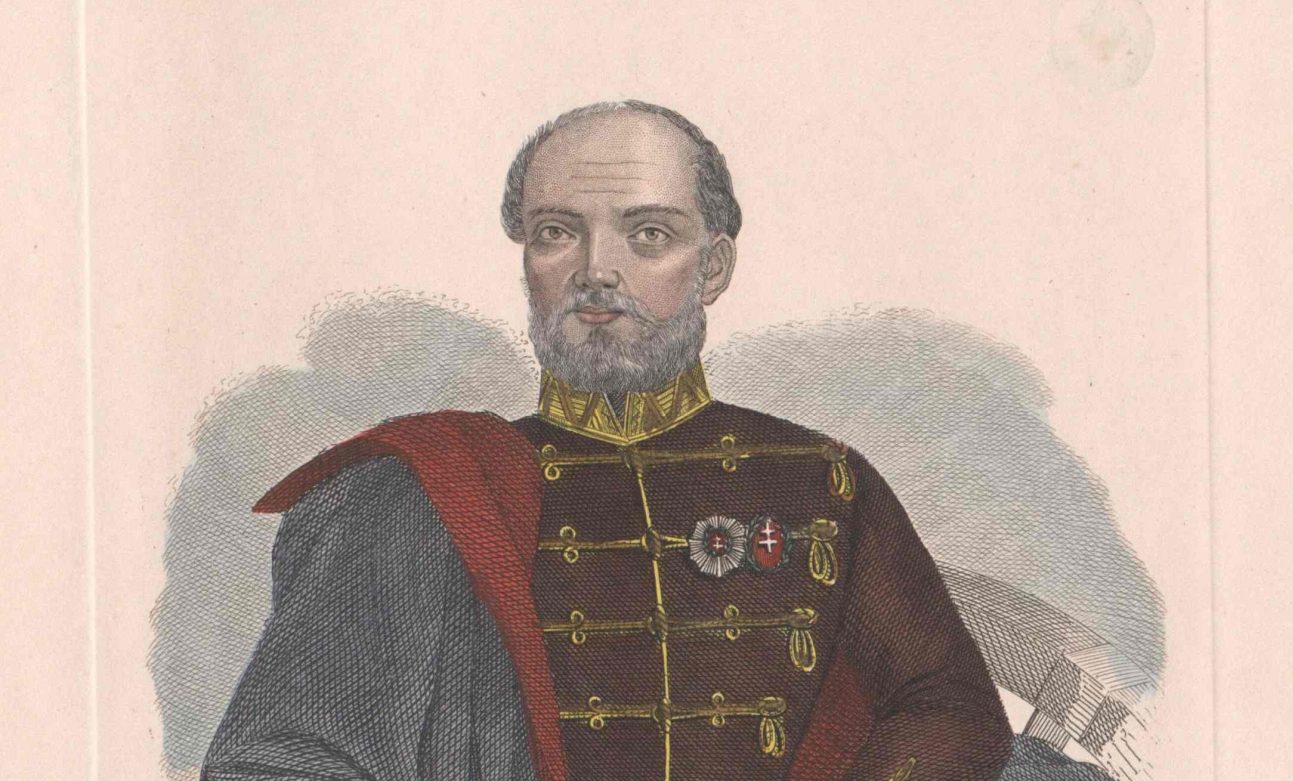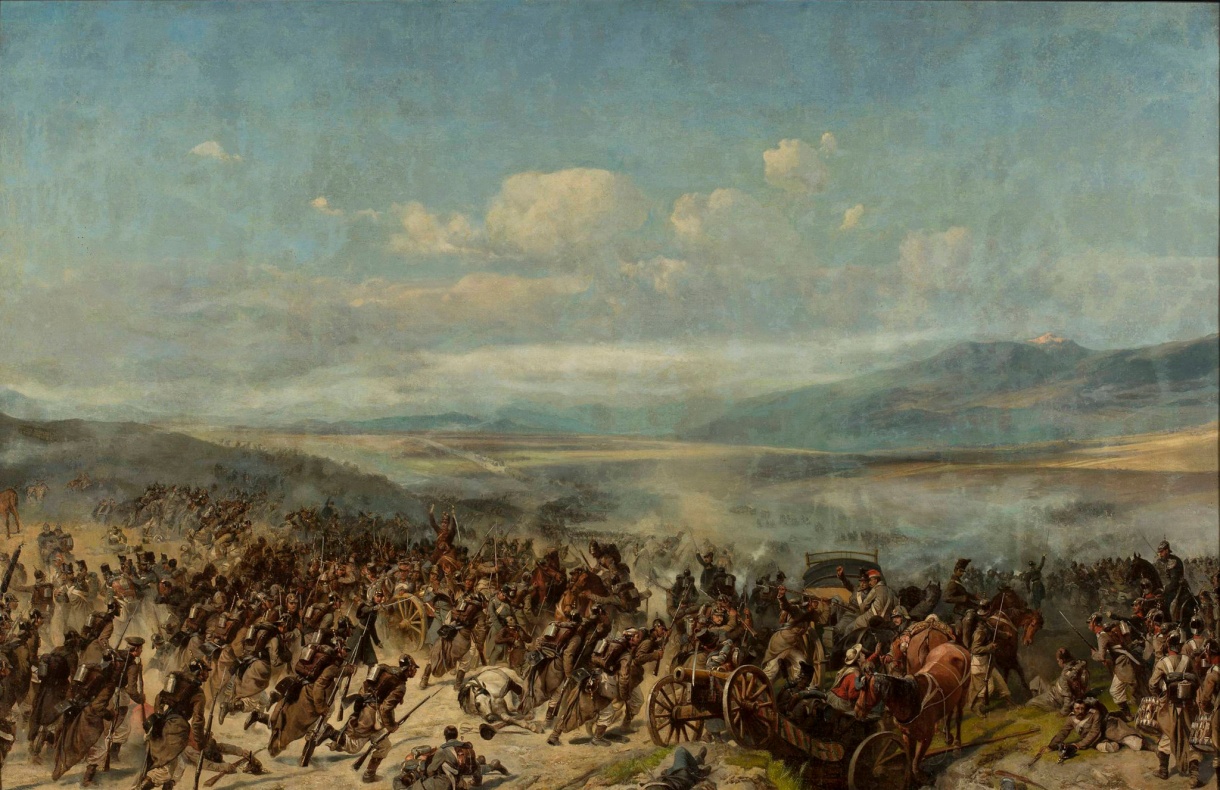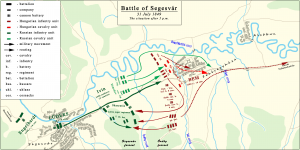
Hero of both Poland and Hungary, legendary general Józef Bem was born 230 years ago.Continue reading

Archaeological methods have been used to pinpoint the exact location of the Battle of Segesvár (Sighisoara), which took place on July 30-31, 1849, announced Koppány Bulcsú Ötvös, director of the Mureș County Museum.
“Within the framework of the project, we conducted non-destructive archaeological research using metal detectors and managed to determine the precise location of the battle, identifying the positions of the Hungarian and Russian armies. We have gathered a significant amount of new information about the battle, and we have also discovered artifacts that will be displayed in the new exhibition at the future wing of the Sándor Petőfi Memorial Museum in Albești (Fehéregyháza),” Agerpres quoted Mr. Ötvös.
According to the Museum Director, approximately 400 cannonballs were found, along with other Hungarian and Russian military equipment.
Through ballistic calculations, the primary site of the battle has been identified.
“Józef Bem’s (leader of the Hungarian army in the battle) daring operation to flank and disrupt the well-equipped Russian army, despite being outnumbered three to one, has become clearer. With accurate reference points, we have reconstructed the course of the battle and clarified events that were previously known only from conflicting memoirs,” he explained.
The excavation of the battlefield in Mureș took place in 2018 and 2019 as part of a joint project by the Petőfi Literary Museum, the Mureș County Museum, and the Romanian Military History Museum. The immediate aim was to alleviate the archaeological burden on the area where the new wing of the Sándor Petőfi Memorial Museum in Mureș will be built.

The Battle of Sighisoara on map. Picture: Wikipedia
Via MTI; Featured Image: Wikipedia